Macro trends and micro trends
In the last article, we talked about trends and different types in the fashion category today we are going to talk about another classification of trends in fashion that can be divided into two categories: macro trends and micro trends, each with different characteristics and impacts:
Macro trends:
Macro trends refer to primary and significant changes in the fashion industry that broadly impact culture and lifestyle. – These trends usually focus on societal, cultural, political, technological, and economic changes. – Examples of macro trends include environmental sustainability, the increasing importance of technology in fashion, changes in attitudes toward cultural diversity, and global economic impacts.
Microtrends:
Microtrends refer to more minor and limited changes in fashion that may affect the design, color, patterns, or the use of specific details in clothing. – These trends usually emerge quickly and may be used in specific seasons or clothing models. – Examples of micro trends include using a specific color in a particular season, specific models of coats or jackets for winter, and design details such as buttons, pockets, and cuffs.
In general, macro trends significantly impact the fashion industry and public culture. In contrast, micro trends are seen in a more limited way and with minor details but can update and change clothing and personal styles.
What is fashion trend forecasting?
Fashion trend forecasting refers to a process in which analyses of patterns, tastes, and changes in fashion trends are collected and evaluated to guide businesses related to the fashion industry (such as designers, manufacturers, and marketers). This process involves studying current fashion trends, predicting future trends, and identifying customer tastes and needs. Fashion trend prediction is done accurately using information obtained from marketing analyses, fashion trends, cultural events, and other sources.
In fashion trend forecasting, it should be noted that this is the beginning of the process and requires creative research and inspiration for the following stages of development and production (design, purchasing, production, marketing, etc.) Such research can be carried out by trend forecasting agencies, which focus on developing macro trends and practical materials, fabrics, colors, prints for companies, design teams, freelance designers, etc.
Trend prediction is based on the four seasons: spring/summer and fall/winter. Prediction begins approximately 18 to 24 months before the appearance of products in stores. For example, if a collection for the fall/winter 2019 season needs to be available to customers, trend analysis should have started no later than fall 2017.
Trends are signs of the current and future world that guide us in a particular direction and indicate the trends and changes in our lives. These concepts allow us to have a deeper understanding of society and culture and to take action to improve our personal and professional lives. Trends help us pay attention to current events, participate in them, and inject innovation and creativity into our lives and work.
To view accessories and products in our GAXUO collection that have been produced based on these trend processes, you can refer to the Accessories section. Gaxuo R&D Department


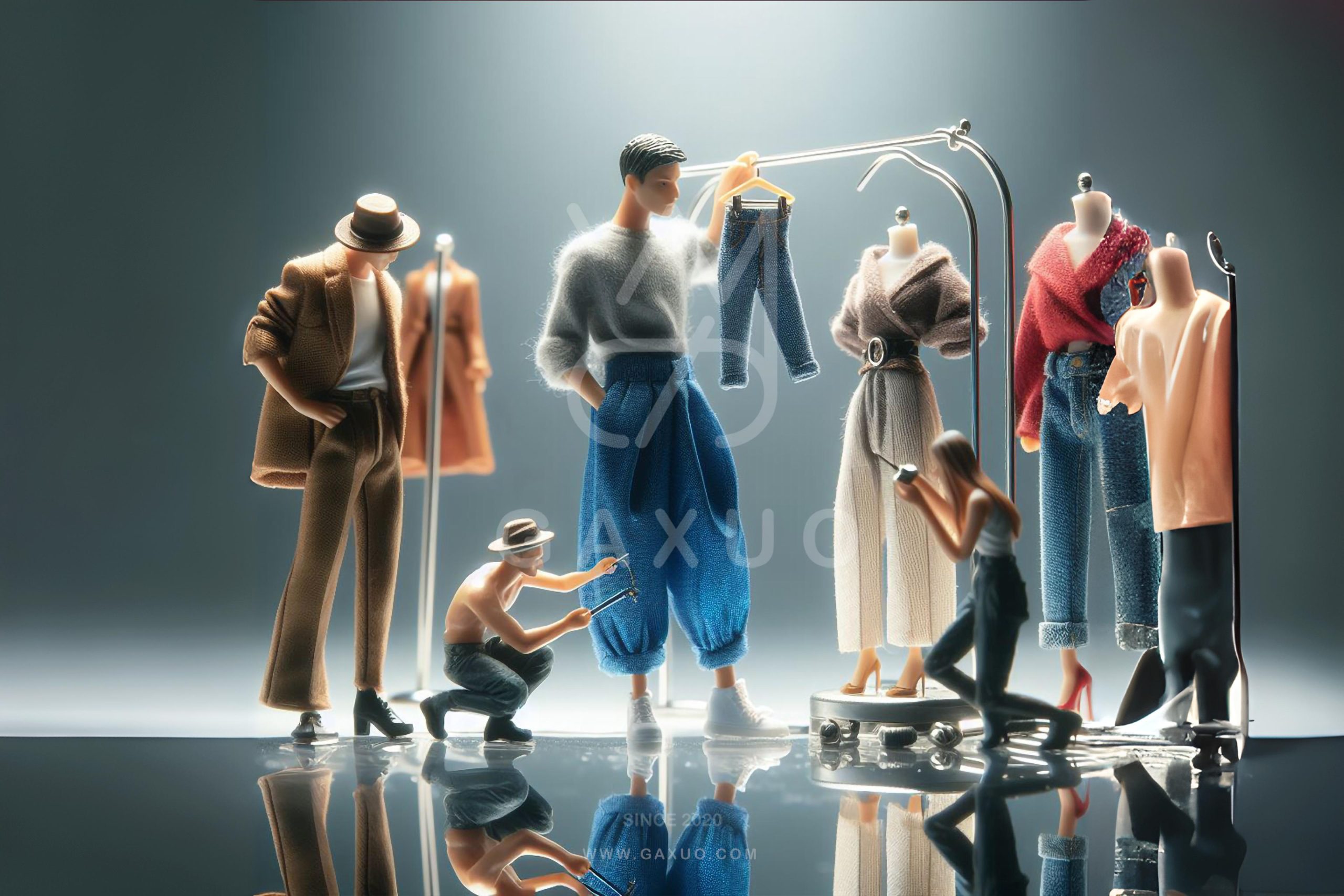
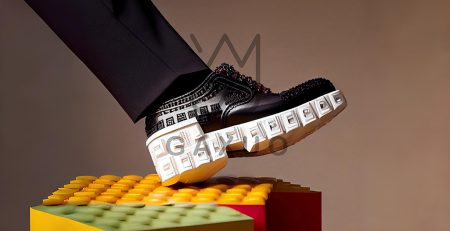
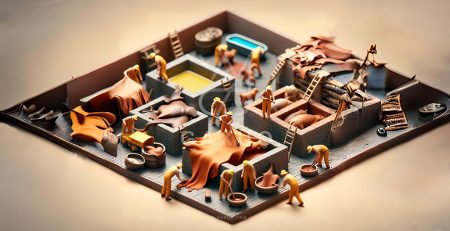
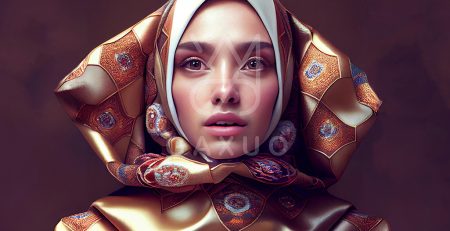
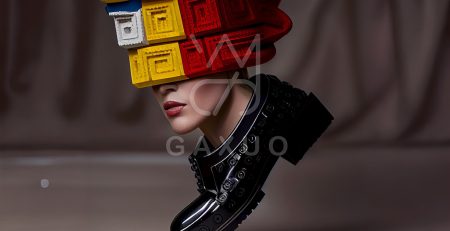
Leave a Reply